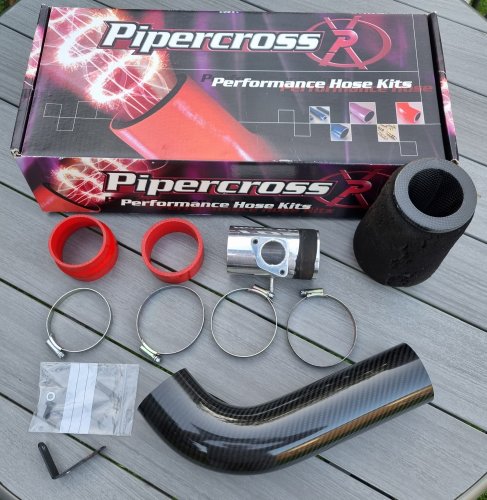ABSTRACT
Turboexpansion is a concept which is aimed at reducing the fuel
consumption of pressure-charged gasoline engines by providing overcooled
air to the engine in order to extended the knock limit (relative to a
conventional charge-cooled system). An extension to the knock limit
allows several possible shifts in the compromise adopted in pressurecharged
gasoline engines, including increased specific output, an increase in
trapped compression ratio or a reduction in the octane appetite of the
engine. All are considered important in the drive to reduce the CO2 output
of passenger cars fitted with gasoline engines against the backdrop of the
ACEA commitment of 140g/km of CO2 per km by 2008.
The present work reports on initial results from running a singlecylinder
engine under conditions of varying temperature at fixed charge-air
densities to assess the worth, in combustion terms, of pursuing reduced
charge-air temperature to extend the knock limit. To enable this, a chargeair
conditioning rig has been constructed based on three positivedisplacement
superchargers and heat exchangers. This device is capable of
providing close control of the charge air required for this testing
programme.
It has been shown that reducing the charge air inlet temperature, at a
fixed density, provides an extension to the knock limit of up to 3.5° of spark
advance at high compression ratio for a temperature reduction from 40 to
20°C at 2000rpm.















Recommended Comments
There are no comments to display.
Join the conversation
You can post now and register later. If you have an account, sign in now to post with your account.